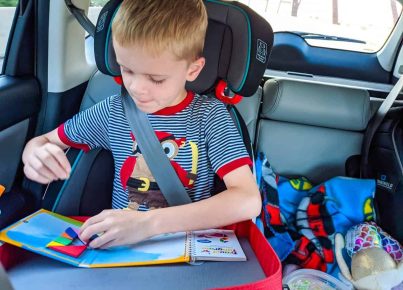Introduction
Understanding and successfully completing the Self-Evaluation Form (SEF) is vital for early years settings to ensure they are meeting government standards and effectively supporting the development of young children. In this article, we will provide a comprehensive guide to help you understand the purpose of the Early Years SEF and effectively complete it for your setting.
Purpose of the Early Years SEF
The Self-Evaluation Form (SEF) is a vital tool for early years providers, designed to help them evaluate their practice and prepare for an Ofsted inspection. By reflecting on your setting’s strengths, areas for improvement, and overall performance, you can create an insightful document that informs continuous improvement strategies and showcases your commitment to high-quality care.
Key Components of the Early Years SEF
1.Basic information: Start by providing essential details about your setting, such as its name, address, registered person’s details, and provision type.
2.Overall effectiveness: Evaluate your setting’s overall performance in meeting children’s needs, creating supportive learning environments, building strong partnerships with parents/carers, and ensuring continuous improvement.
3.Leadership & management: Provide insight into how well-trained and supported staff are in their roles, how you maintain regular communication within your team, the practice of monitoring progress towards desired outcomes, and the extent to which you engage with other professionals for support.
4.Quality of teaching & assessment: Describe your approach to planning individualized learning experiences aligned with children’s interests and developmental stages – include methods for observing children, assessing their progress, and noting areas requiring additional support.
5.Personal development & welfare: Reflect on how you promote positive relationships among children and with adults; proactively support children’s physical, emotional, social well-being; ensure their safety at all times; foster feelings of self-assurance; challenge discriminatory behavior or practice.
6.Outcomes for children: Assess the extent to which children progress from their starting points and become better prepared for the next stages in their education. Address the achievements of all groups of children, identify any gaps, and specify actions to address these areas.
Tips for Completing the Early Years SEF
1.Be honest and reflective: Give a true picture of your setting’s effectiveness, challenges, achievements, and ongoing improvements.
2.Use specific examples: Support your evaluation with case studies or concrete examples of successful practice.
3.Be concise: Focus on providing clear and relevant information without unnecessary embellishments.
4.Update regularly: Revisit your SEF periodically to ensure you capture any changes in practice, progress towards identified goals, and newly observed strengths or areas requiring improvement.
5.Seek input from others: Involve staff members, parents/carers, and other professionals in evaluating your setting’s effectiveness – their perspectives can provide valuable insights.
6.Use it as a working document: View your SEF as a practical tool that actively informs school improvement strategies, rather than merely serving as a compliance exercise for inspections.
Conclusion
The Early Years Self-Evaluation Form (SEF) is a powerful tool for evaluating your setting’s effectiveness and informing continuous improvement efforts. By thoroughly reflecting on each aspect outlined in this article you will create a SEF that not only fulfills its purpose for inspection preparation but ultimately serves as an invaluable resource for driving quality care in your early years setting.





